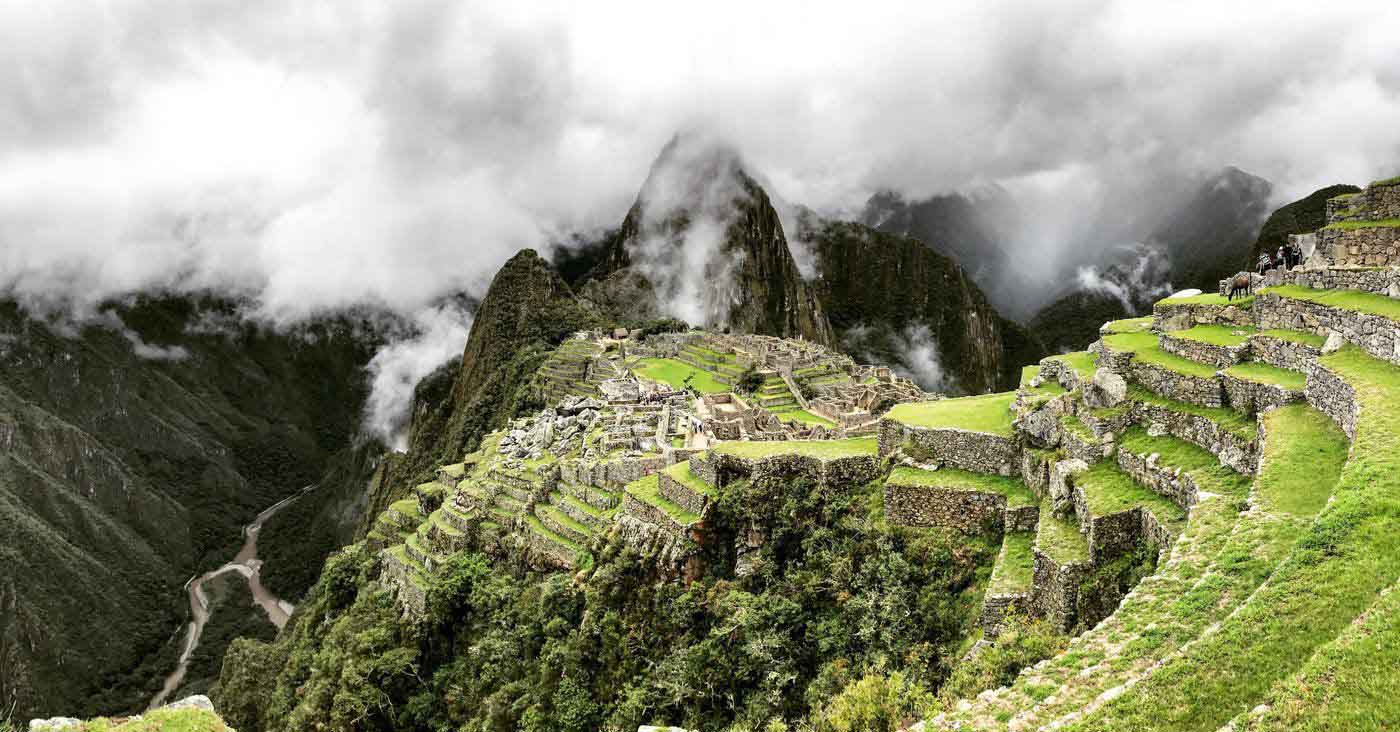By Agustin Zsögön, Brazil in Agustin Zsögön, Brazil
The world currently has only 10 weeks of wheat supplies left, a far cry from the three to seven years of food supply the Incas kept in storage.
The ongoing armed conflict in Eastern Europe is unraveling the shaky foundation of the world’s food system. Two-thirds of our calorie intake is provided by just three species of cereals: rice, maize and wheat. With Ukraine and Russia among the world’s largest exporters of maize and wheat, global food security is under threat.
Even if this volatile situation is resolved and trade is restored, an overreliance on so few species remains the achilles heel of food security in the face of a changing climate.
The negative effect of climate on food systems is nothing new.
In BCE 6,400 a massive migration from Northern to Southern Mesopotomia was triggered by decades of drought. More arid lands in the south led the ancient Sumerians to develop the world’s first irrigated agricultural systems. This helped support a complex urban society, lasting at least four millennia. But overreliance on a single source of calories, initially wheat and later barley, eventually led to the collapse of the Sumerians’ entire production system, sealing the fate of their civilization.
Contrast this with the highly diversified agricultural system of the Inca Empire, which at its peak spanned 4,000 km along the Andes mountain range in South America, from tropical Ecuador to temperate Central Chile.
Despite coastal deserts and barren highlands, the Incas succeeded in creating one of the most sophisticated and sustainable food production systems ever recorded. By building a gigantic network of terraces and irrigation systems, scattered over thousands of kilometers, they established a highly diversified food production matrix.
Local adaptation to altitude, heat, frost, drought and different soil types resulted in the breeding and cultivation of more than 50 varieties of maize and 4,000 varieties of potatoes, supported by highly resilient and nutritious crops like peppers, squashes and pumpkins, quinoa, amaranth, tarwi and goldenberry.
Now consider this. The relatively ‘undeveloped’ Inca Empire – a civilization that didn’t invent the wheel, paper or written language – usually kept between 3 to 7 years’ worth of food supply in storage.
The world currently has only 10 weeks of wheat supplies left.
Although the Inca Empire comprised only 10 million people, its level of food security achieved through greater diversity offers an important historical lesson.
In the modern developed world, farm technology, improved transportation, efficient storage and marketing have all played a large part in ensuring an annual caloric surplus of 23 per cent. Skilled breeding of a variety of plants and animals have raised yields while reducing areas of farmed land. This success has relied on the study and exploitation of diverse species with valuable attributes.
But this diversity is being wiped out by the introduction of high-yielding single varieties grown on ever-expanding acres of commercial farmland. These ‘monocultures’ require enormous amounts of oil, fertilizers and agrochemicals, and specialised farming methods suited for very particular environments.
This lack of diversity creates a precarious situation.
A small reduction in inputs or altered climate patterns – or worse still, a combination of both – may tilt the whole system off balance and lead to widespread hunger.
The good news is scientists are on the front foot, exploring ways to better preserve, study and understand a rich repertoire of ‘non-elite’ crop varieties from around the world.
Despite the pre-eminence of a handful of crops in our current food system, more than 50,000 plant species are edible, with 7,000 of these considered semi-cultivated. Opportunities afforded by new, high-throughput genetic technologies are starting to contribute to a better characterisation of these valuable genetic resources.
The first cases of de novo domestication have recently appeared, a technique that allows certain genes to be edited in a wild species to create traits of agronomic value. This can accelerate the design of new, highly climate resilient and nutritious crops.
Tomatoes with enhanced lycopene content and environmentally resilient rice varieties have already been created.
There is still time to ensure the world’s food supply is not concentrated on only a handful of vulnerable crop varieties. But a concerted global effort from both public and private sectors is needed to more effectively fund agricultural research. R&D plays a critical role in boosting agricultural productivity, improving food security and environmental sustainability. Further advances have the potential to fully ‘climate-proof’ future crops and enable us all to avoid a similar fate to the ancient Sumerians,
Agustin Zsögön is Associate Professor of Molecular Plant Physiology at Federal University of Viçosa, Brazil.
This article is part of a Special Report coinciding with Covering Climate Now’s joint coverage week on Food & Water.
Originally published under Creative Commons by 360info™.












